Reign 927–942 Parents Rollo, Poppa of Bayeux | Successor Richard I Name William Longsword Children Richard I of Normandy Role Duke of Normandy | |
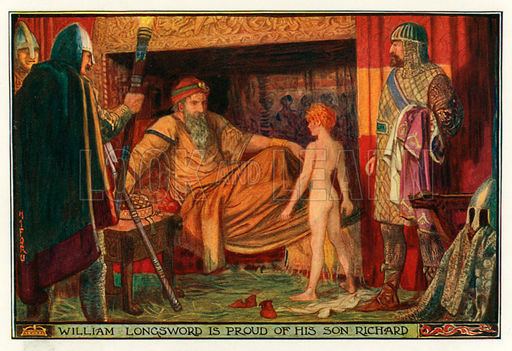 | ||
Similar People Rollo, Poppa of Bayeux, Gunnora, Emma of Normandy, Rognvald Eysteinsson | ||
William Longsword (French: Guillaume Longue-Épée, Latin: Willermus Longa Spata, Old Norse: Vilhjálmr Langaspjót), (c. 893 – 17 December 942) was the second ruler of Normandy, from 927 until his assassination in 942.
Contents
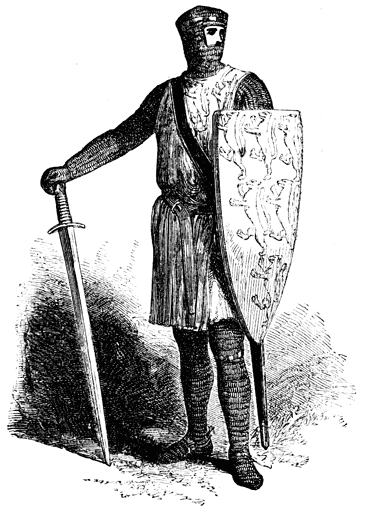
He is sometimes anachronistically dubbed "Duke of Normandy", even though the title duke (dux) did not come into common usage until the 11th century. Longsword was known at the time by the title Count (Latin comes) of Rouen. Flodoard—always detailed about titles—consistently referred to both Rollo and his son William as principes (chieftains) of the Norse.
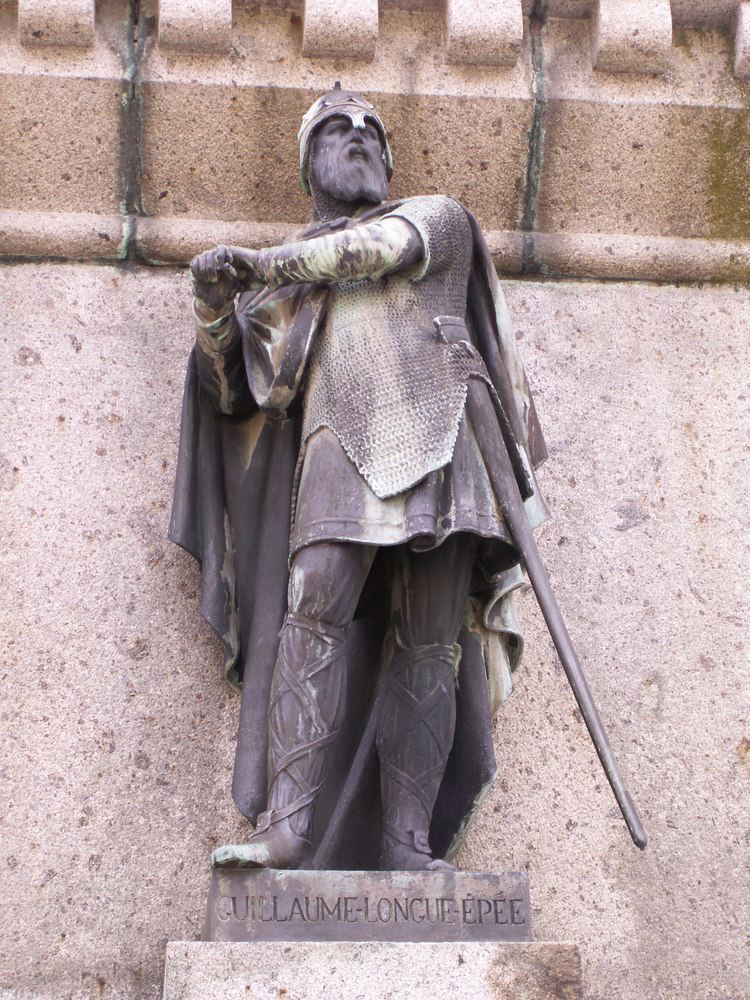
Birth
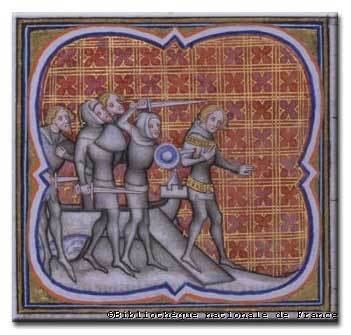
William Longsword was born "overseas" to the Viking Rollo (while he was still a pagan) and his Christian wife Poppa of Bayeux. Dudo of Saint-Quentin in his panegyric of the Norman dukes describes Poppa as the daughter of a Count Beranger, the dominant prince of that region. In the 11th century Annales Rouennaises (Annals of Rouen), she is called the daughter of Guy, Count of Senlis, otherwise unknown to history. Despite the uncertainty of her parentage she was undoubtedly a member of the Frankish aristocracy. According to the Longsword's planctus, he was baptized a Christian probably at the same time as his father, which Orderic Vitalis stated was in 912, by Franco, Archbishop of Rouen.
Life

Longsword succeeded Rollo (who would continue to live for about another 5 years) in 927 and, early in his reign, faced a rebellion from Normans who felt he had become too Gallicised and too soft. According to Orderic Vitalis, the leader was Riouf of Evreux, who was besieging Longsword in Rouen. Sallying forth, Longsword won a decisive battle, proving his authority to be Duke. At the time of this 933 rebellion Longsword sent his pregnant wife by custom, Sprota, to Fécamp where their son Richard was born.
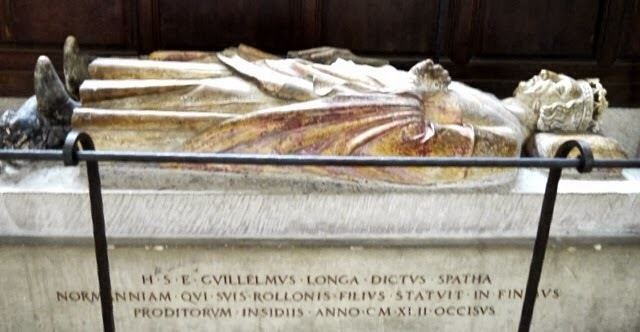
In 933 Longsword recognized Raoul as King of Western Francia, who was struggling to assert his authority in Northern France. In turn Raoul gave him lordship over much of the lands of the Bretons including Avranches, the Cotentin Peninsula and the Channel Islands. The Bretons did not agree to these changes and resistance to the Normans was led by Alan Wrybeard, Duke of Brittany and Count Berenger of Rennes but ended shortly with great slaughter and Breton castles being razed to the ground. Alan fleeing to England and Beranger seeking reconciliation.

In 935, Longsword married Luitgarde, daughter of Count Herbert II of Vermandois whose dowry gave him the lands of Longueville, Coudres and Illiers l'Eveque. Longsword also contracted a marriage between his sister Adela (Gerloc was her Norse name) and William, Count of Poitou with the approval of Hugh the Great. In addition to supporting King Raoul, he was now a loyal ally of his father-in-law, Herbert II, both of whom his father Rollo had opposed. In January 936 King Raoul died and the 16 year old Louis IV, who was living in exile in England, was persuaded by a promise of loyalty by Longsword, to return and became King. The Bretons returned to recover the lands taken by the Normans, resulting in fighting in the expanded Norman lands.
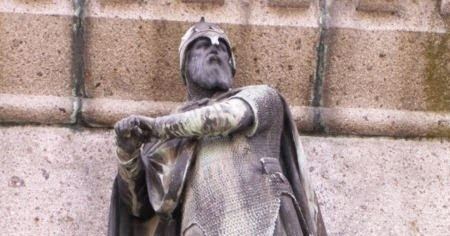
The new King was not capable of controlling his Barons and after Longsword's brother in law, Herluin II, Count of Montreuil, was attacked by Flanders, Longsword went to their assistance in 939, Arnulf I, Count of Flanders retaliated by attacking Normandy. Arnulf captured the castle of Montreuil-sur-Mer expelling Herluin. Herluin and Longsword cooperated to retake the castle. Longsword was excommunicated for his actions in attacking and destroying several estates belonging to Arnulf.
Longsword pledged his loyalty to King Louis IV when they met in 940 and, in return, he was confirmed in lands that had been given to his father, Rollo. In 941 a peace treaty was signed between the Bretons and Normans, brokered in Rouen by King Louis IV which limited the Norman expansion into Breton lands. The following year, on 17 December 942 at Picquigny on an island on the Somme, Longsword was ambushed and killed by followers of Arnulf while at a peace conference to settle their differences. Longsword's son, Richard becoming the next Duke of Normandy.
Family
Longsword had no children with his wife Luitgarde. He fathered his son, Richard the Fearless, with Sprota who was a Breton captive and his concubine. Richard, then aged 10, succeeded him as Duke of Normandy in December 942.
